Congratulations to
Heart surgery
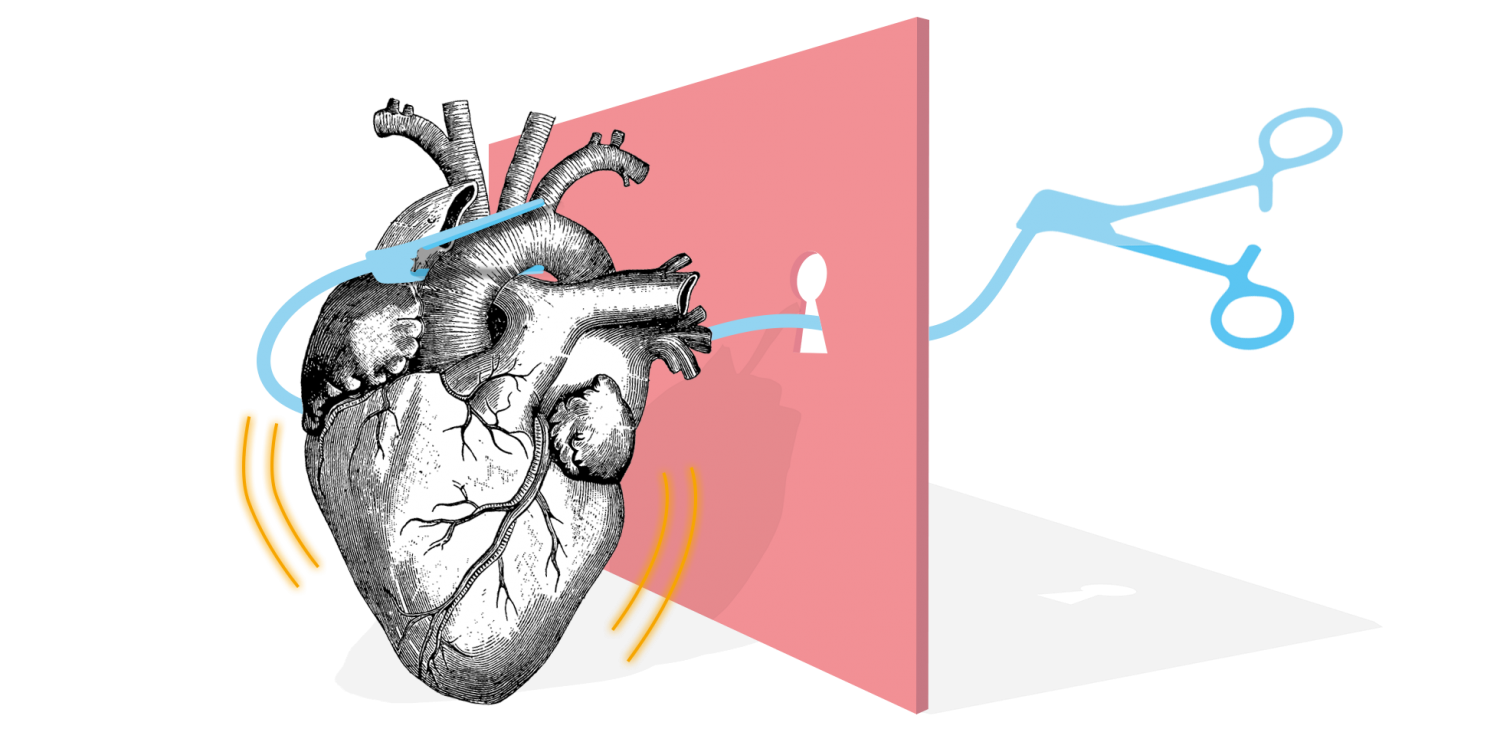
Picture: iStock.com / nicoolay

Picture: iStock.com / nicoolay
In open-heart surgery, the stakes are high. So when surgeon Rüdiger Lange inserts a new heart valve, he makes just a tiny incision in the skin. In 2000, the Technical University of Munich (TUM) physician became the first in the world to use this minimally invasive technique, which reduces the physical strain of the operation on patients.
For a long time, cardiosurgery generally involved stopping the heart and having a machine take over the key task of pumping blood throughout the body. Obviously this is a very risky intervention. Rüdiger Lange is keen to mitigate this risk by developing new, minimally invasive surgical techniques. As a result, operations can now be performed on the beating heart without having to open up the chest completely.
Instead, Lange accesses the heart by maneuvering his surgical instruments through an incision in the skin measuring just a few centimeters. He watches what he is doing inside the body via highly magnified images on a screen. In 2000, he was the first physician in the world to operate on a heart valve in this way. Lange is Medical Director at the German Heart Center Munich, part of the TUM family and one of the world’s best clinics for cardiovascular diseases.
These low-impact procedures can now be used to treat most abnormalities of the mitral valve, located in the left half of the heart, as well as aortic valve defects. In recent years, Lange and his team have also developed techniques for heart valve operations where the ribcage remains completely intact, for instance inserting their instruments via the groin. Nevertheless, minimally invasive heart valve surgery is not always possible, such as in cases of the very rare Ebstein’s anomaly. But Lange is one of just a few physicians worldwide able to correct this congenital defect of the tricuspid valve without having to replace the valve.
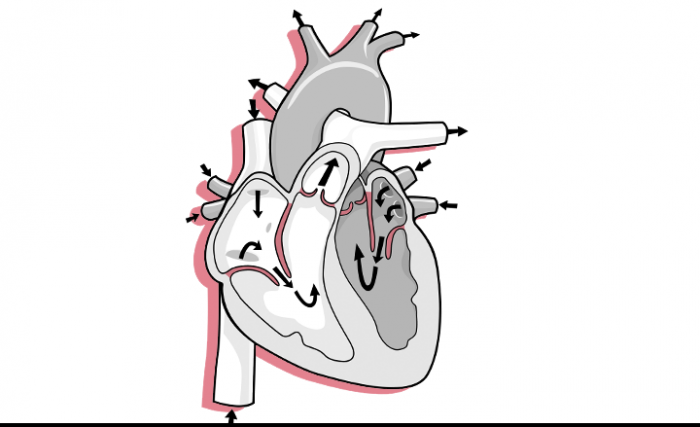
Heart valves work like sluice gates. They open and close with every heartbeat and ensure that the blood always flows in the right direction: from the atrium into the ventricle and from there to the rest of the body. Each half of the heart has two of these valves. The left half of the heart pumps oxygen-rich blood from the lungs through the aorta (main artery) to the body’s organs. At the same time, the right half feeds oxygen-depleted blood from the body back to the lungs. There it absorbs fresh oxygen and returns to the body via the left half of the heart again.
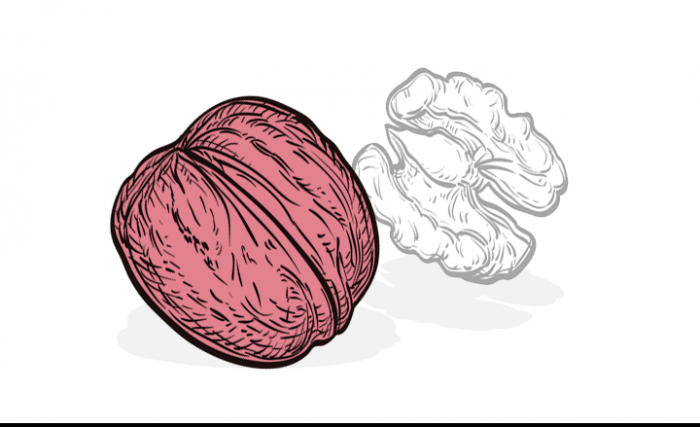
In 2015, Lange and his team saved the life of an 11-month-old infant in an open-heart procedure that called for extreme dexterity. Minimally invasive surgery was impossible here, as the boy’s heart was no bigger than a walnut, and Lange operated with needles as fine as a hair. The child had a congenital heart defect which meant the heart muscle did not receive enough oxygen. So Lange constructed an artificial blood vessel connection – or bypass – to supply the heart muscle. Few doctors in the world have the confidence to perform such a procedure on an infant and there was barely any literature or experience to draw on. But Lange’s intervention was a great success and the patient is now a healthy three-year-old.
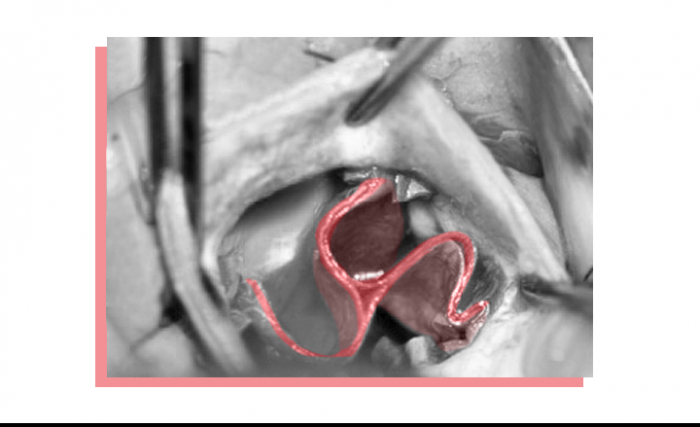
For a few years now, Rüdiger Lange and his surgical team have been crafting completely new heart valves from the body’s own tissue. They do this by cutting a piece from the patient’s own pericardium (heart sac) and using it to make the new valve, which they then insert. This particularly benefits children and young adults, as it means they no longer need to take medication for the rest of their lives after surgery or receive another new valve a few years later. Only a handful of centers worldwide offer this surgical procedure. In Munich, more than sixty patients have already undergone this type of operation – without any complications to date.
“As it continues to evolve, cardiac medicine – including heart surgery – will increasingly embrace procedures that can be performed without incisions or operations.”
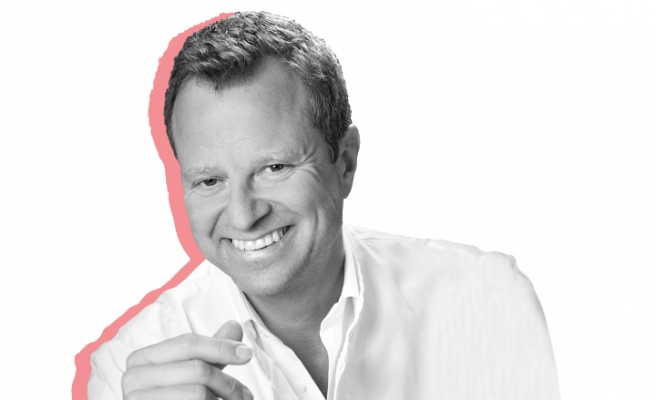
Rüdiger Lange, Medical Director at German Heart Centre in Munich, Professor of Heart and Vascular Surgery at the Technical University of Munich
Picture: German Heart Centre Munich